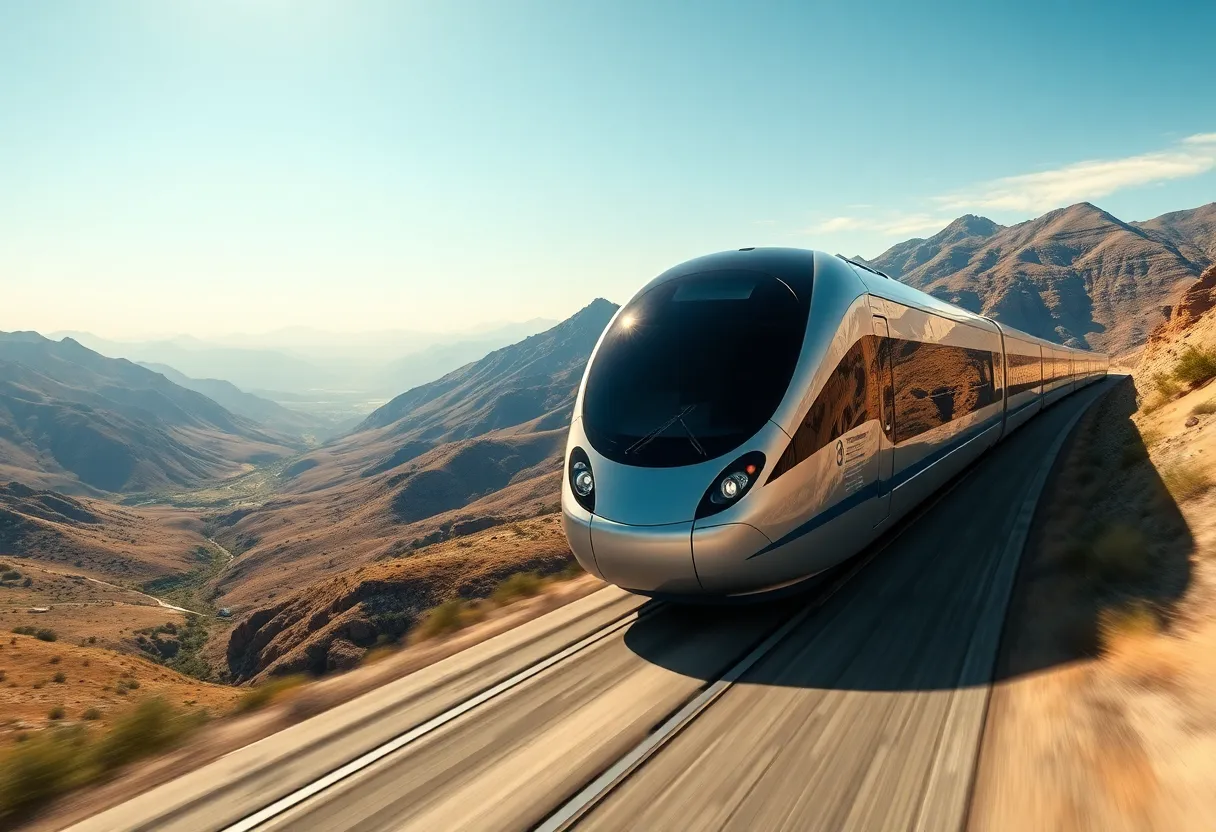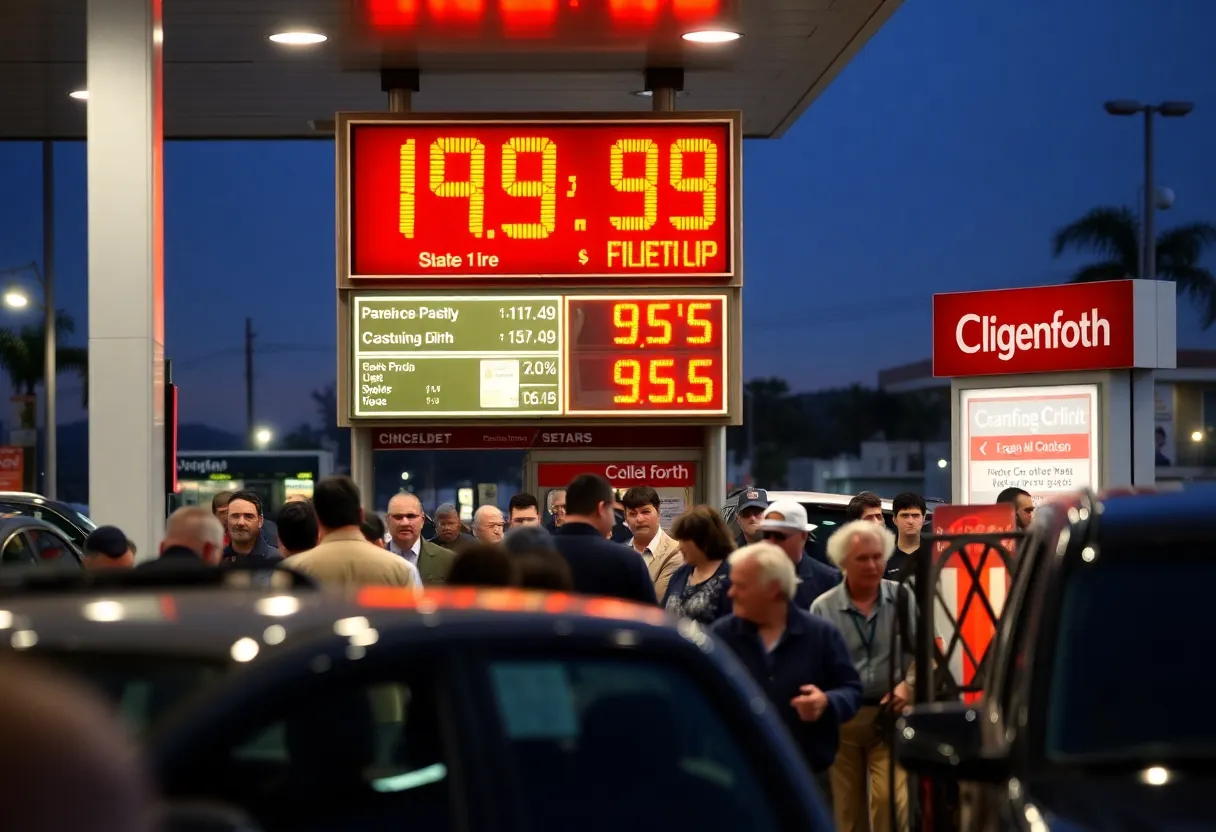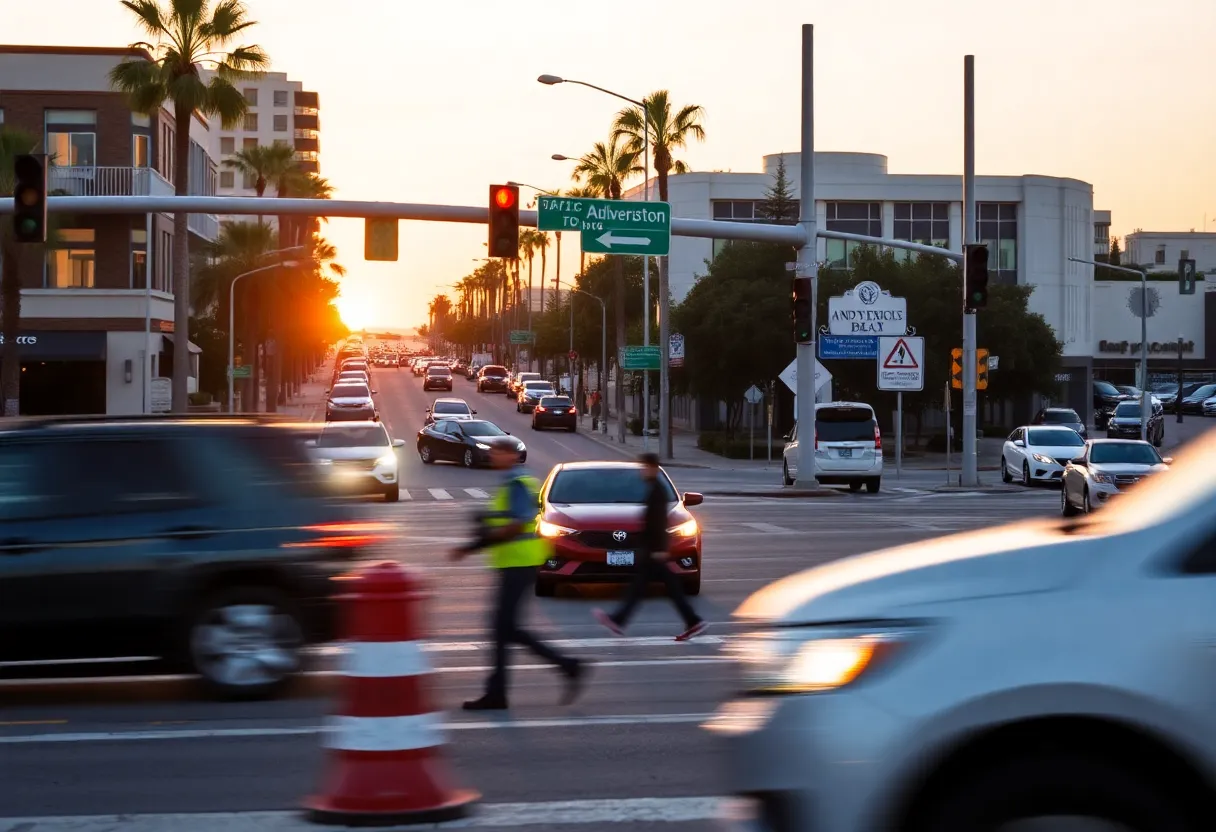California, August 26, 2025
News Summary
California’s high-speed rail project has seen its budget soar from the initial $33 billion estimate to approximately $128 billion, raising concerns about feasibility. The latest updates highlight significant delays and financial challenges, especially the Palmdale to Gilroy segment’s completion pushed to 2038. Despite criticism and doubts regarding cost efficiency, state leaders emphasize its potential economic benefits and job creation. Legislative efforts are underway to seek alternative funding solutions in light of lost federal support. The project’s future remains uncertain amidst scrutiny and public discussion.
California’s ambitious high-speed rail project, initially projected to cost $33 billion and slated for completion in 2020, has seen its budget balloon to an estimated $128 billion. This staggering increase raises concerns about the project’s feasibility, especially as it continues to face substantial delays. The news comes after a recent legislative update from state lawmakers and business leaders, emphasizing the project’s significance for the state’s economy and the environment.
Currently, the California High-Speed Rail project’s most significant budgetary portion—approximately $87 billion—is earmarked for the segment connecting Palmdale to Gilroy, with an anticipated completion date pushed to 2038. As of now, construction is limited to a 119-mile stretch in the Central Valley, aiming to link Merced with Bakersfield by 2032.
During a press event on Monday, State Senator Dave Cortese, who leads the Senate Transportation Committee, underscored the project’s vital role in not just improving transportation but also fostering economic growth and addressing environmental issues. He pointed out that public support remains strong, particularly among younger voters, despite ongoing controversies surrounding the project’s spiraling costs and deadlines.
The Senate recently introduced SB 545, a bill intended to create new funding avenues for the high-speed rail initiative. The need for alternative financial sources became apparent after the Trump administration’s decision in July to withdraw $4 billion in federal funding, prompting the California High-Speed Rail Authority to initiate a lawsuit seeking the restoration of those funds.
Critics have labeled the high-speed rail project as a “train to nowhere,” fueled by statements from former President Trump and Transportation Secretary Sean Duffy. Despite over $24 billion having been raised primarily from state sources, doubts persist over the project’s economic viability. Republican Senator Tony Strickland has openly questioned whether the investment will deliver a reasonable return given the ballooning budget.
The projected rail system, once completed, will stretch approximately 400 miles from San Francisco to Los Angeles. Each new estimate on costs complicates the final stretches of the connection, making it harder to predict financial outcomes or ridership potential. A bipartisan committee is currently scrutinizing the California High-Speed Rail Authority for what may be misrepresentations regarding ridership projections, contributing further to the scrutiny surrounding the project.
According to high-speed rail authority projections, the completed rail line could generate over 1 million jobs and produce an estimated $86 billion in labor income, signifying a potential boost in local economies. However, it’s essential to recognize that the project is at a critical juncture. The Chief Executive of the California High-Speed Rail Authority, Ian Choudri, has indicated that lasting financial commitments will be essential going forward.
Senator Cortese has been actively pursuing public-private partnerships to aid funding efforts and ease the fiscal burden on the state. Such collaborative financing strategies are hoped to address the widespread concerns about the project’s current standing and future viability. Yet, with escalating costs and ongoing skepticism, the future of the California high-speed rail remains uncertain.
FAQ
What is the current budget for California’s high-speed rail project?
The current budget for the California high-speed rail project is estimated to reach $128 billion.
When is the high-speed rail project expected to be completed?
The Palmdale to Gilroy segment is expected to be completed by 2038, while the segment connecting Merced to Bakersfield is projected to be finished by 2032.
What are some potential benefits of the high-speed rail project?
The project could create over 1 million jobs and generate $86 billion in labor income, as well as provide enhanced transportation options and support economic development.
Why has the project faced criticism?
Critics have raised concerns over budget increases, delays, and whether the project will yield any significant return on investment, leading to labels like “train to nowhere” from some political figures.
Key Features of the California High-Speed Rail Project
| Feature | Details |
|---|---|
| Initial Budget | $33 billion |
| Current Estimated Budget | $128 billion |
| Key Segments | Palmdale to Gilroy, Merced to Bakersfield |
| Anticipated Completion Dates | 2032 (Merced to Bakersfield), 2038 (Palmdale to Gilroy) |
| Jobs Created | Over 1 million |
| Projected Labor Income | $86 billion |
Deeper Dive: News & Info About This Topic
- CBS News
- Wikipedia: California High-Speed Rail
- Bakersfield Now
- Google Search: California High-Speed Rail
- Los Angeles Times
- Google Scholar: California High-Speed Rail
- Newsweek
- Encyclopedia Britannica: California High-Speed Rail
- NBC Bay Area
- Google News: California High-Speed Rail

Author: STAFF HERE COSTA MESA WRITER
COSTA MESA STAFF WRITER The COSTA MESA STAFF WRITER represents the experienced team at HERECostaMesa.com, your go-to source for actionable local news and information in Costa Mesa, Orange County, and beyond. Specializing in "news you can use," we cover essential topics like product reviews for personal and business needs, local business directories, politics, real estate trends, neighborhood insights, and state news affecting the area—with deep expertise drawn from years of dedicated reporting and strong community input, including local press releases and business updates. We deliver top reporting on high-value events such as the OC Fair, Concerts in the Park, and Fish Fry. Our coverage extends to key organizations like the Costa Mesa Chamber of Commerce and Boys & Girls Clubs of Central Orange Coast, plus leading businesses in retail, fashion, and technology that power the local economy such as Vans, Experian, and South Coast Plaza. As part of the broader HERE network, including HEREAnaheim.com, HEREBeverlyHills.com, HERECoronado.com, HEREHollywood.com, HEREHuntingtonBeach.com, HERELongBeach.com, HERELosAngeles.com, HEREMissionViejo.com, HERESanDiego.com, and HERESantaAna.com, we provide comprehensive, credible insights into California's dynamic landscape.





